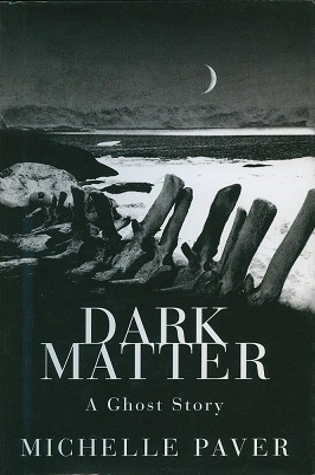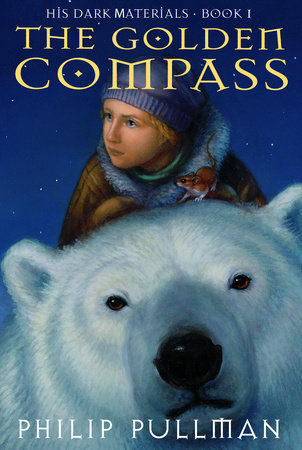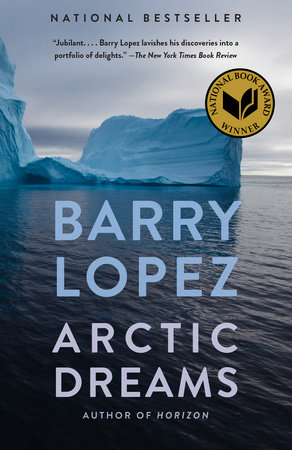My novel The Mercies imagines what took place in the time between two traumatic events in a Norwegian fishing village in the 1600s: a storm that killed most of the male population, and three years later, witch trials that murdered many women. It is about suspicion, and friendship, fear, and love.
Writing The Mercies was always going to mean writing the weather, too. Set on a tiny Arctic Circle island named Vardø, the characters (and current population) are constantly at the mercy of the elements. I visited twice. Once alone, at the time of the midnight sun. Sea fogs would come rolling in, dissipating sunlight and making everything glow. I also returned with my husband in winter, when the sun rose for only two hours a day, and only at the horizon, imbuing everything with a blueish light. And it was cold.
The word is insufficient to describe the viciousness of it. How combined with the wind it bit our ear lobes, rendered our hands stiff and useless, formed ice on our eyelashes. The sea threw off an ironlike frost, permeating everything. This was the moment the reality of the life of the women I was writing about punched home, and I tried to capture some of the ferocity of the weather in The Mercies. Here are some books I turned to, for their incredible mastery over the language of cold.

Dark Matter by Michelle Paver
Set in a remote Arctic scientific research post in the 1930s, Paver’s chiller introduces an icy punch to the gut. Part mystery, part horror, and all wonderfully evocative, it follows a man braving the sunless Arctic winter alone—or is he?
It takes a lot to spook me. I’m hardened to horror films, and whilst I love reading scary books, they rarely haunt me afterwards. But reading Dark Matter was like living with a malevolence, like walking knowingly into a trap. It was terrifying, don’t-look-now-can’t-look-away terrifying. Surely the best contemporary ghost story? If you think otherwise, tell me.

Burial Rites by Hannah Kent
Kent borrowed from history in her bestselling debut. Taking the story of the last woman to be hung in Iceland, she weaves a deft and moving portrait of the bleak landscape and the people struggling to survive in it.
This is a beautiful read, which carries you with the kind of effortlessness it takes real skill to achieve. I read it like a thriller, devouring it, but truly it’s about people and place, and how they impact each other. This was a touchstone text for The Mercies, and returning to it was a joy. It’s also in development for the screen, starring Jennifer Lawrence—it’ll take a lot to be better than the book.

The North Water by Ian McGuire
Based on an Arctic-bound whaling ship in the 1850s, The North Water follows Dr. Patrick Sumner as he escapes a marred past and stumbles onto a vessel inhabited by one of the most evil men he’s ever met.
Not many books should come with trigger warnings, but this was one of the bleakest and most upsetting books I’ve ever read. So why is it on the list? Because it’s also epic, and beautiful, and grapples with some of the mightiest themes: survival, love, and the nature of evil.

The Golden Compass by Philip Pullman
The first installment of the momentous His Dark Materials trilogy, this glorious book introduces us to Lyra Belacqua and her daemon Pantalaimon, and a mysterious life force named Dust. We follow them north, through frozen seas, past encounters with armored bears, to the shimmering stairway of the northern lights…
This trilogy has so many layers: adventure, mystery, thriller, a love story, the story of us all. It is also masterfully drawn, each setting told in shimmering prose undercut with harsh realities.

Arctic Dreams by Barry Lopez
Lopez’s love letter to the Arctic tracks it across its entire width and depth. It explores both what we recognize—snow, and ice, and emptiness—and lesser-known aspects of life this far north: indigenous populations, flora, and food.
This elegiac book verges on poetry in its clarity and precision. It accompanied me on my first, solo visit to the island of Vardø in the Arctic Circle, and illuminated so much of what I saw.

The Ice Palace by Tarjei Vesaas
This short novel holds so much. Siss and Unn become fast friends, with all the heady power of a childhood obsession. They become mirrors to each other, as well as offering a new view on life. While exploring an ice castle—a frozen structure that emerges around waterfalls in winter—Unn becomes lost.
This was the other book I took to Vardø, and I read it in one great gulp, sitting beside a waterfall under the sun, and it managed to deliver ice to my veins. It reads like a folktale, with the bite only the best writers of human nature can achieve. As close to perfect as it is possible for a book to be. If you were to pick up one book on this list, make this it.
Journals: Captain Scott’s Last Expedition by Robert Falcon Scott
The lure of the north is evident in this list, but no writing about the cold can match the desolation and beauty evident in Captain Scott’s account of his final expedition to the South Pole.
We know this story, but for all the folly and masculine bravado of exploration, this manages to be a stunning piece of writing from an obviously intelligent and sensitive man, rendered all the more tender by its discovery beside his frozen body, only twelve and a half miles from safety.
The post 7 Books to Read in Freezing Weather appeared first on Electric Literature.
Source : 7 Books to Read in Freezing Weather











